COMMANDING OFFICERS
Captain Wiley B. Howell
From 1965 October 12 to 1966 October 28
RETURN TO:
RETURN TO:


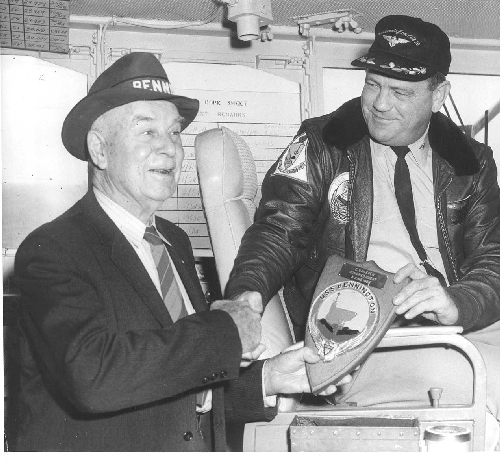
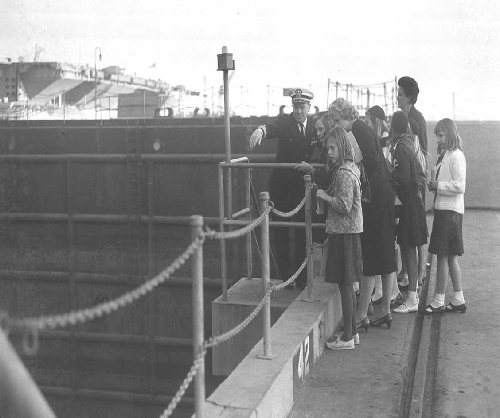
|
Good Evening Shipmates, Will only take a moment of your time but wanted everyone to know that our BENNINGTON was the recipient of another first, if you will. I recently learned that one of BENNINGTON's own was the very 1st "EVER" United States Naval Officer to be decorated by a British King (George). It took place on 17 December 1942. The Captain I speak of is Wiley B. Howell. Captain Howell went to Buckingham Palace for the investiture. King George pinned on his uniform the Distinguished Flying Cross he won when piloting a Wellington Bomber for the Royal Air Force Coastal Command. King George asked our Captain Howell about his career and the Captain he told him that he volunteered and was the first American Officer to fly in the Coastal Command. He told the King that he was tickled to death with the medal and would have something to show the folks back home. Captain Howell and his wife have since passed on .................... Your Shipmate, Joseph Pires Cape Cod, MA |
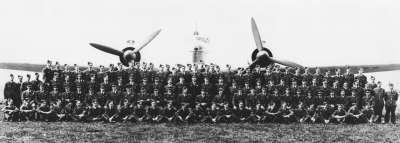 Coastal Command 172 Squadron personnel |
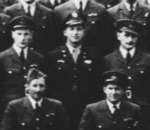 Pilot Officer Wiley B. Howell |
 23 October 1942 London Gazette |
|
U-502 Successes 14 ships sunk for a total of 78,843 GRT 2 ships damaged for a total of 23,797 GRT Sinking Of U-502 After sinkjng three ships in a single day U-502 returned to base, but at 04:45 on 6 July in the Bay of Biscay, west of La Rochelle, at Coordinates: 46°10'N 06°40'W / 46.167°N 6.667°W / 46.167; -6.667, she was sunk by depth charges dropped by a Leigh light-equipped Wellington bomber of No. 172 Squadron RAF. All 52 hands were lost. This was the first confirmed kill using a Leigh light. The pilot of the aircraft P/O Wiley B. Howell, an American volunteer serving in the RAF, was subsequently awarded the DFC [Distinguished Flying Cross (United Kingdom)]. Howell later returned to serve in the United States Navy, commanding the carrier Bennington in 1965-66. |
|
Leigh light The Leigh Light (abbreviated L/L) was a British World War II era anti-submarine device used in the Second Battle of the Atlantic. It was a powerful (22 million candela) searchlight of 24 inches (610 mm) diameter fitted to a number of the British Royal Air Force's Coastal Command patrol bombers to help them spot surfaced German U-boats at night. It was successfully used from June 1942 onwards to attack U-boats recharging their batteries on the surface at night. Up to then they had been relatively safe from attack at night. The aircraft would approach the submarine using its ASV (Air to Surface Vessel) radar and only switch on the searchlight beam during the final approach. The U-boat would not have sufficient time to dive and the bomb aimer would have a clear view of the target. It was so successful that German submarines were forced to switch to daytime battery charging when they could at least see aircraft approaching. After its introduction Allied shipping losses from U boats dropped from 600,000 to 200,000 tons per month. |
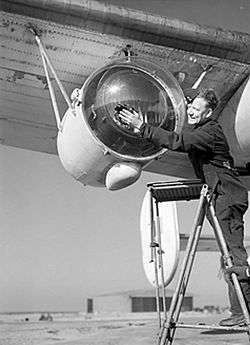
|
